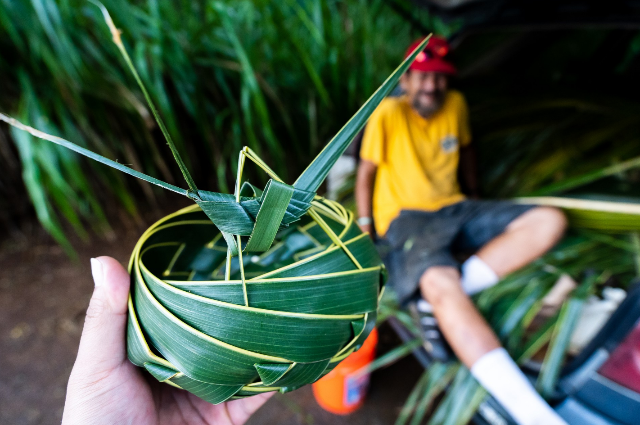The leaves of various trees which when get dry and yellow fall on the ground are considered to be of no use. But these dead leaves can serve as humus which can contribute to the fertility of the soil. These leaves can be turned into bio-degradable and eco-friendly products such as plates and bowls. The tribal women from Odisha's Sundargarh are actually earning fame out of this very work.
With the demand for such eco-friendly bowls and plates going up, now more than 2,700 women in the region are employed in making it and this has actually helped them in becoming self-reliant and financially independent.
The initiative of creating plates and bowls is a part of Van Dhan Vikas Karyakram (VDVK) under Integrated Tribal Development Agency (ITDA) . This agency provides multiple avenues of employment to these tribal people without the employment of any special knowledge or skills.
Starting from square one, the women of the VDVK unit gather Sal and Siali leaves from the nearby forests and dry them in the open under the heat of the sunlight. This makes the leaves ready for stitching which is done by hand before using machines to do the same process again. By putting them into press they are flattened and then plates and bowls are made.
In addition to the mentoring of skill and training and support to these women, ITDA also ensures that these women avail a fair price in the market. By linking them to the market, ITDA aims to change this trade into a small enterprise. The women earlier did sell these plates and bowls in their locale but that didn't fetch them a reasonable price. With VDVK coming into the picture, members of women's self-help groups are being employed to teach them how to make products with the help of mechanised structures. The usage of advanced machines has now enabled production to increase dramatically.
At present there are 18 VDVK units which work under the supervision of ITDA Sundargarh and 9 out of these are engaged in making plates and bowls. The required stitching machine and press weighing machine for these units have been provided by ITDA Sundargarh.
By showcasing their items in local markets, fairs, and festivals, a sizable demand has been generated for these eco-friendly products. People have started to show interest in such products.
A time when the mainstream is entirely based on 'consumerism culture' which is degrading the sustenance capacity of the environment while at the same time, the tribal people are maintaining sustainability in the environment.
. . .
Reference:
- indiannarrative.com

